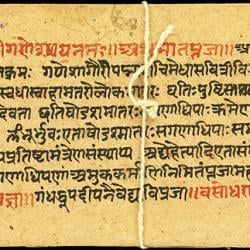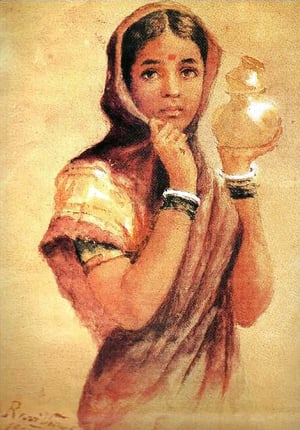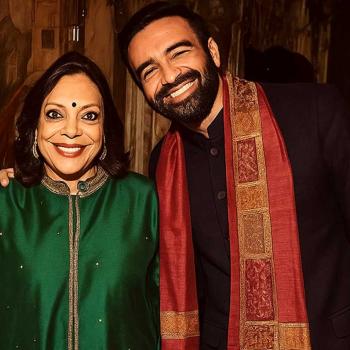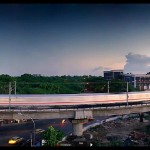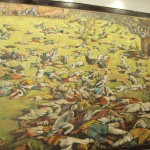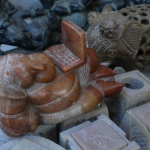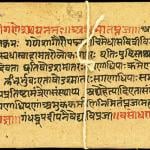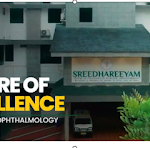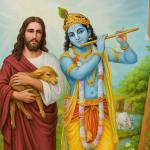Vijay Sappani has written a blog post where he mentions a report by a Canadian who travelled to India and wrote back about his experiences – specifically the poverty in India. Vijay suggests that Indians get mad when someone talks about poverty in India and do not want this to come out in the open. He would like a series on India’s set up:
I will be doing a series of blogs here on social, politcal and democratic challenges that India faces and your comments will help pave the way I want to take the blog. In simple words, tell me what will be of interest to you and I will try to write on topics related to it. Fair? I like to challenge your creative juices to get ideas that might help improve the lives of many people in India and other countries. Many a times, the best ideas have come from people who are not professional social workers and who are not attached to it everyday.
The observations that provoked Vijay to write this from Dalton McGuinty are:
-At Swaminarayan Akshardham, an enormous Hindu shrine just outside New Delhi, we are greeted by priests devoted to a life of peace and serenity and surrounded by images of gods and goddesses. But the shrine is guarded by police officers ostentatiously wielding AK-47s, an unwelcome reminder of the sectarian violence that has plagued India throughout its modern history, with Hindus attacking Muslims and Sikhs, or vice versa.
-On the road from New Delhi to Agra, site of the Taj Mahal, we pass through villages wallowing in Third World conditions. Whole families live in tents in highway medians, cooking over open fires and urinating in public. Carriages drawn by camels or donkeys compete with cars for space on the roads, and women and children serve as beasts of burden with large bundles on their heads. But every 20 or 30 kilometres, there is another sight that declares that India is on its road to modernity: a smart-looking building that houses the local college of science and technology.
-The Taj Mahal itself – a 17th century mausoleum clad in white marble – is stunningly beautiful and worthy of its reputation as one of the man-made wonders of the world. The government has clearly gone to great lengths to preserve it, including moving industry out of the area lest pollution do permanent damage to the marble. But Agra, home to this thing of beauty, is a squalid city, and just down the road from the Taj is a leprosy clinic.
-While a vibrant press ensures the survival of free speech in India, there are still some sacred cows, if you will pardon the expression. One is Mahatma Gandhi, who led the country to independence in 1947 (and was assassinated shortly afteward). The Times of India reported yesterday that the government is considering taking action to block Internet access to YouTube because it recently aired a satirical video depicting Gandhi doing a striptease.
-But while government officials were venting their outrage, the Times also quoted Bollywood film director Mahesh Bhatt as pooh-poohing the fuss. “This film is equivalent to graffiti on walls,” Bhatt reportedly said. “Gandhi is not a form that can be insulted. He does not require to be protected. He represented freedom, and those who worship him do him an injustice (by calling for censorship of the video).”
My views are presented below:
When the story of India’s poor is told; lets also understand which are THOSE major factors that make poor POOR.
I once worked on – arguably the largest exercise – an assignment to provide a roadmap for the overhaul of CAPART – the largest donor organization in India (part of Government of India).
I personally visited and talked to NGOs from all over the country .. in HP, UP, AP, Assam etc.
I am convinced BEYOND doubt that the reason for poverty in India is – lack of opportunities to the poor to exercise their imagination and rights.
The poverty has very little to do with resources.
The system is lopsided in favor of the rich. And the asinine policies like quotas and affirmative action have the opposite effect. What is required is a system where anyone.. ANYONE with human strength can get up and make a change to his/her family’s and society’s life.
Things that need to be worked will – in my list – include:
1. further dismantling the caste barriers in rural areas
2. Asserting the rule of law in every sphere of Indian life.
3. An architecture where people are compensated for their efforts (such that their work is not usurped by the rich and powerful for their gains).
4. A credible legal system that works at the LOWEST level!
5. A new education emphasizing on how every individual needs to take control of his/her life and assert rights instead of one where the individual looks up on the Government to rescue him/her ad nauseum!
There are always two parts to any solution:
A. Structure
B. Substance
It is always tempting to concentrate on the Substance while prophesing the possible solutions.. little realizing that creating a new substance creates its own structure which may not be the most optimum.
On the other hand if one were content to concentrate on the structure.. then the various players will create a substance for the system that is born out of freedom of expression and creativity!
So I suggest that we need to look at how basic and telling structural changes ought to made .. substance will most definitely take care of itself!


